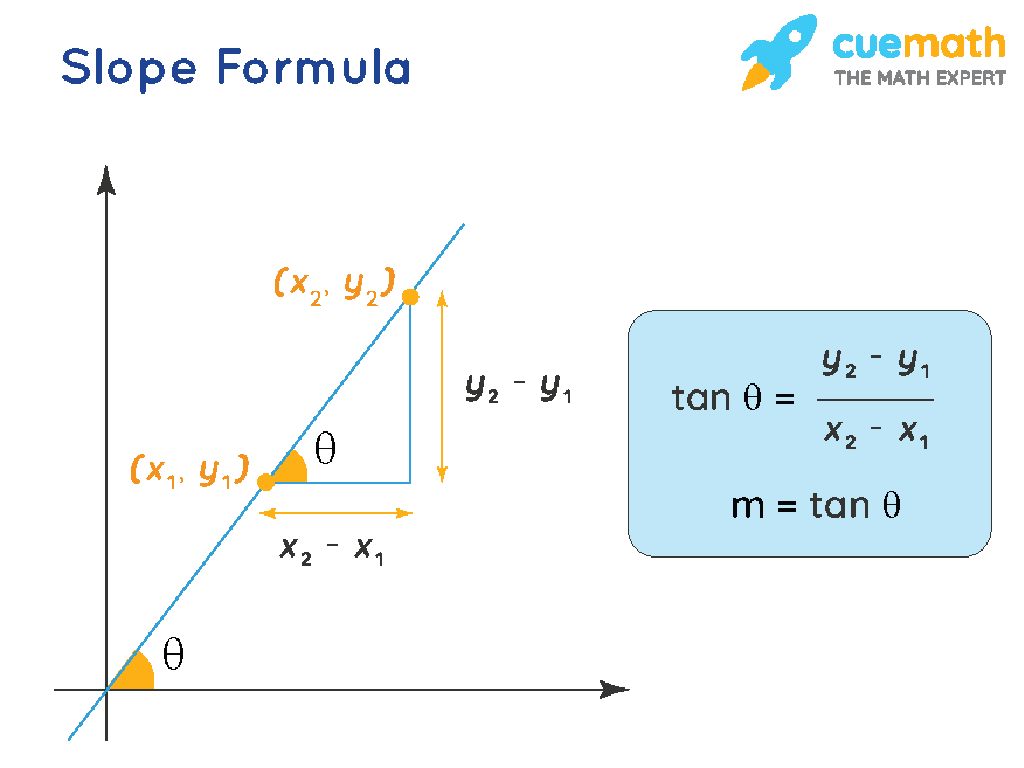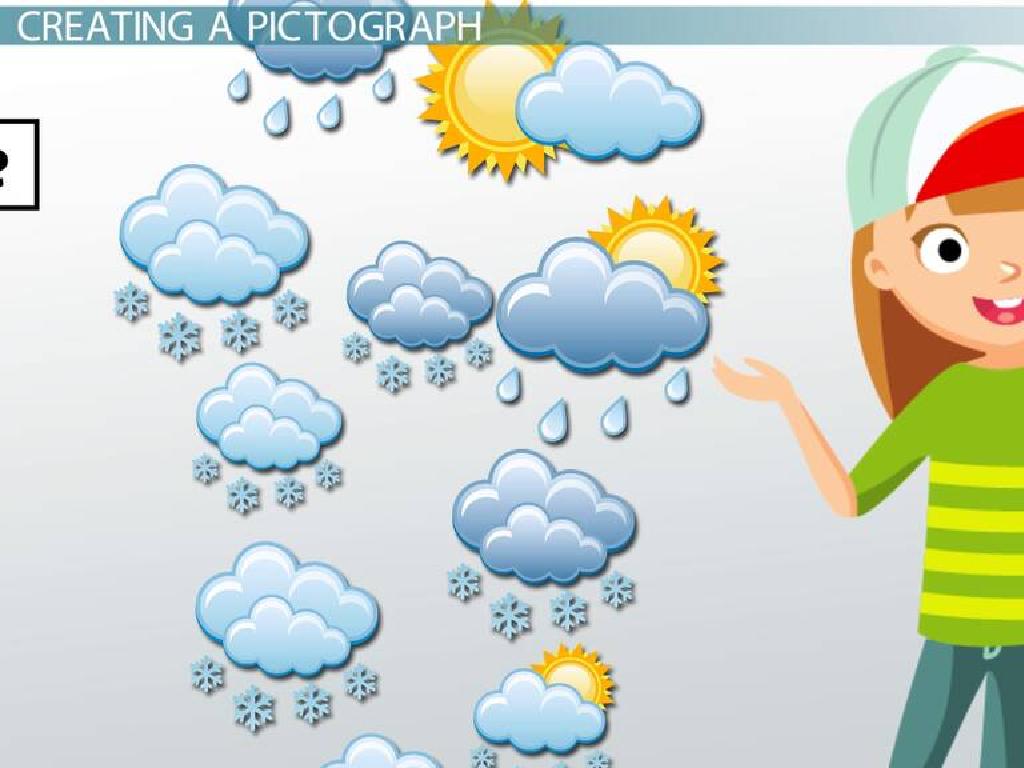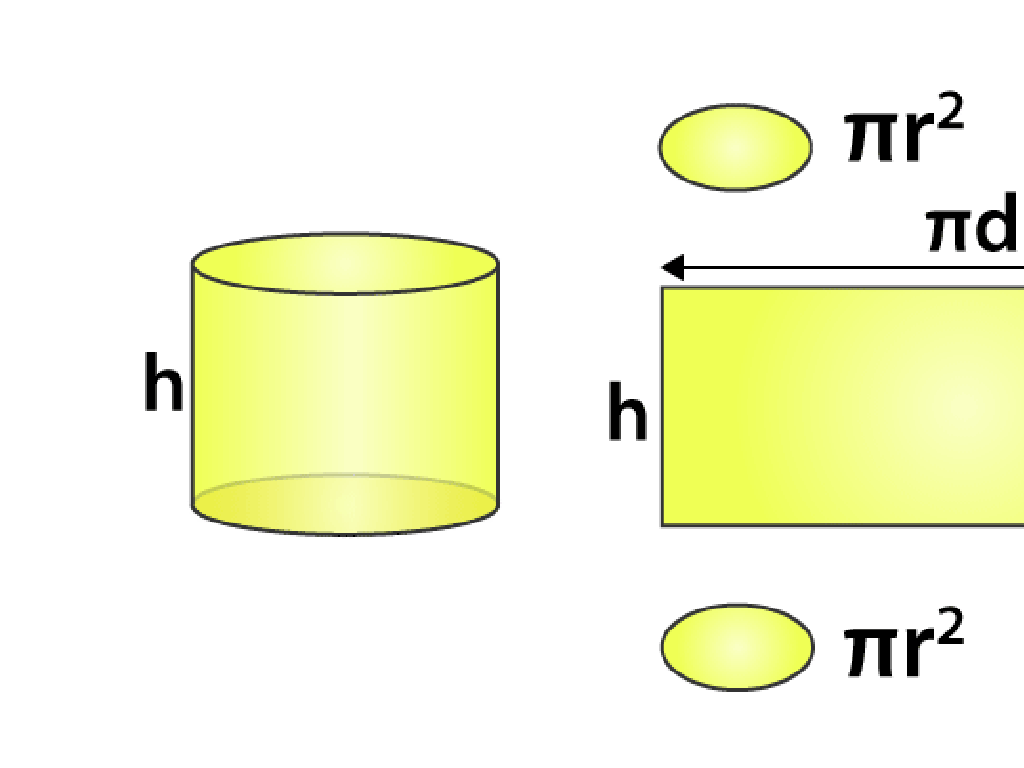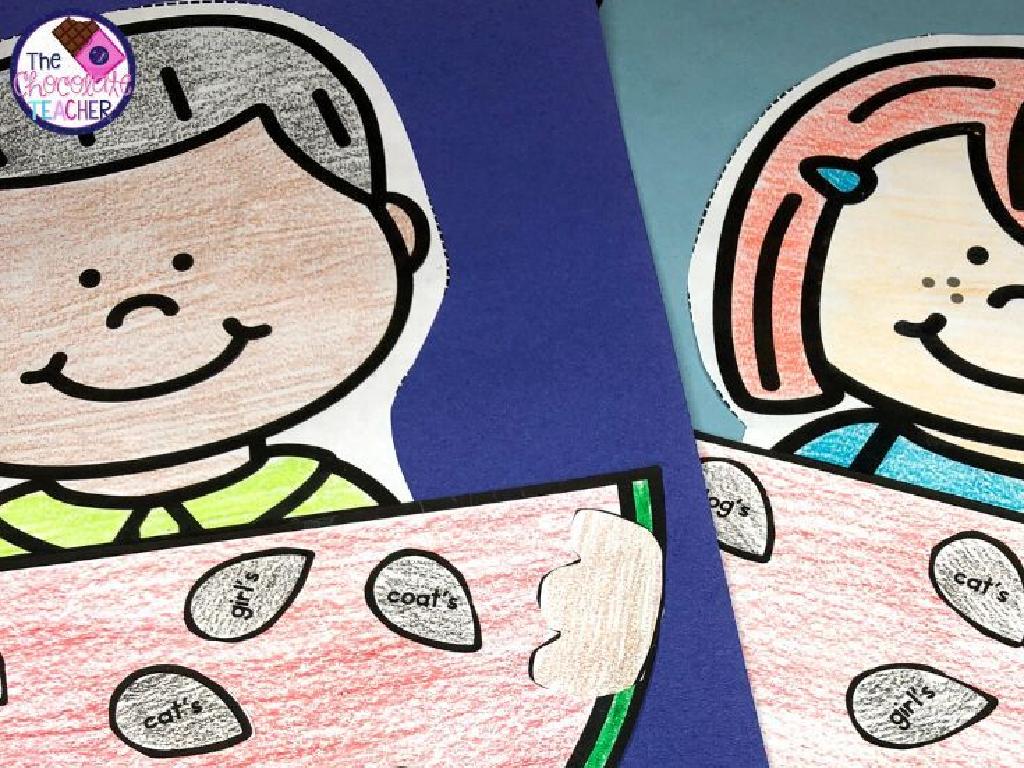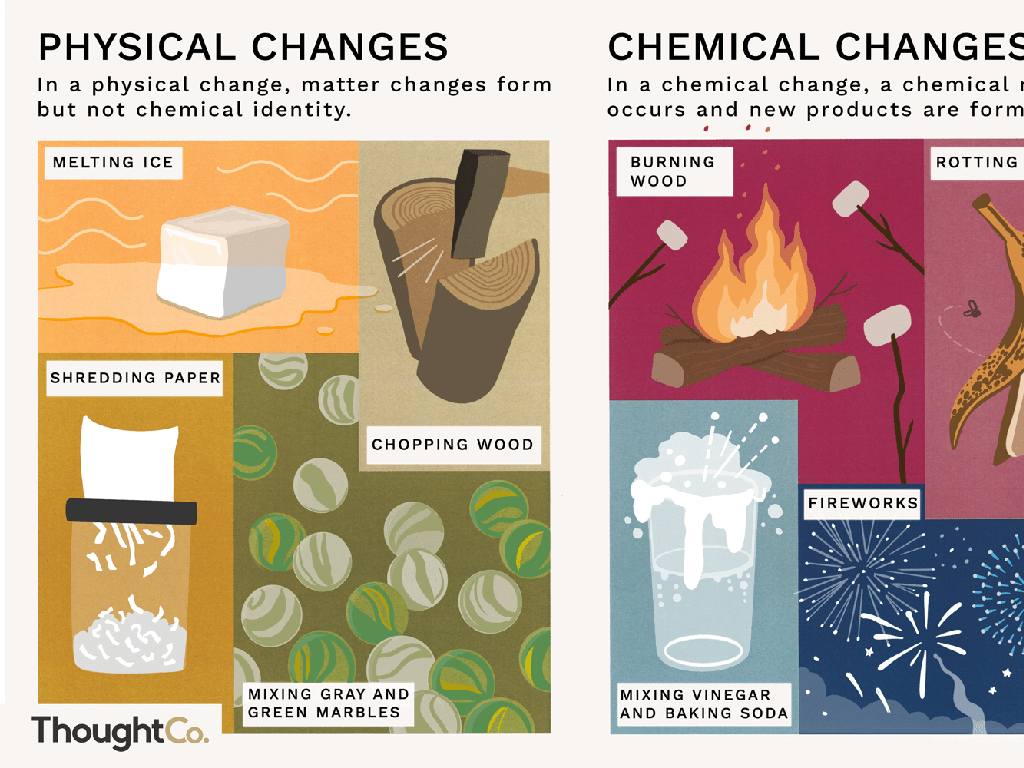Identify Shortage And Surplus With Graphs
Subject: Social studies
Grade: Eighth grade
Topic: Supply And Demand
Please LOG IN to download the presentation. Access is available to registered users only.
View More Content
Introduction to Supply and Demand
– Explore basic economics
– Define supply and demand
– Supply is how much is available, demand is how much people want
– Impact on everyday life
– Prices of goods, what’s available in stores, and job availability
– Visualizing with graphs
– Graphs show where supply meets demand, indicating surplus or shortage
|
Begin the lesson by introducing students to the fundamental concepts of economics, focusing on supply and demand as the driving forces behind the economy. Explain that supply refers to how much of a product or service is available, while demand is how much people want or need that product or service. Discuss how these two factors influence various aspects of daily life, such as the cost of items, their availability in stores, and the number of jobs in the market. Introduce graphical representation as a tool to visualize these economic concepts, showing the intersection of supply and demand curves as the market equilibrium. Emphasize the importance of understanding how to read these graphs to identify situations of surplus (where supply exceeds demand) and shortage (where demand exceeds supply).
Understanding Supply in Economics
– Define Supply
The total amount of a product available for purchase at any specified price.
– Explore the Law of Supply
As price increases, the quantity supplied also increases, and vice versa.
– Examine factors affecting Supply
Cost of production, technology, expectations, number of sellers.
– Graphical representation of Supply
|
This slide introduces the concept of supply in the context of economics. Begin with the definition of supply, ensuring students understand it as the total amount of a good or service available for purchase. Then, discuss the Law of Supply, which states that there is a direct relationship between price and quantity supplied. Highlight the factors that can affect supply, such as production costs, technological advances, future expectations of prices, and the number of sellers in the market. Use a graph to visually represent the relationship between price and quantity supplied, showing the supply curve. Encourage students to think of real-life examples where they have seen the Law of Supply in action, such as the increase in hand sanitizer production in response to increased prices during a health crisis.
Understanding Demand in Economics
– Define economic demand
– Demand is the consumer’s desire to purchase goods at given prices.
– Explore the Law of Demand
– As price decreases, quantity demanded generally increases, and vice versa.
– Examine factors affecting demand
– Factors include income, tastes, price of related goods, and expectations.
– Graphical representation of demand
|
This slide introduces the concept of demand, which is foundational in understanding economics and the behavior of markets. Start by defining demand as the willingness and ability of consumers to purchase goods at different prices. Introduce the Law of Demand, which states that there is an inverse relationship between price and quantity demanded. Discuss various factors that can affect demand, such as changes in income, consumer preferences, prices of related goods (substitutes and complements), and future expectations of prices or product availability. Use a graph to visually represent the demand curve, showing how it slopes downwards from left to right. Encourage students to think of examples of how their own demand for products changes with price and other factors.
Understanding Shortage in Supply and Demand
– Define a market shortage
– A shortage occurs when demand exceeds supply at a given price.
– Explore causes of shortages
– Causes can include increased demand, reduced supply, or both.
– Examine real-life shortage examples
– Examples: gasoline shortages, limited edition products.
– Discuss shortage impact on prices
– Shortages often lead to price increases as consumers compete for the scarce resource.
|
This slide aims to help students grasp the concept of shortage within the context of supply and demand. A shortage is a situation where the demand for a product or service surpasses its supply at a particular price. It’s crucial to discuss various causes such as natural disasters affecting production, sudden spikes in demand, or artificial scarcity. Provide real-world examples to illustrate the concept, such as gasoline shortages during natural disasters or new technology releases with limited stock. Highlight how shortages can lead to increased prices as consumers are willing to pay more to obtain the product. Encourage students to think of other examples and consider the effects of shortages on consumers and producers.
Understanding Surplus in Supply and Demand
– Define surplus in economics
Surplus occurs when supply exceeds demand for a product or service.
– Explore causes of surplus
Overproduction, reduced demand, or pricing issues can lead to surplus.
– Discuss surplus with real examples
A toy store after holidays may have surplus due to overestimating demand.
– Analyze surplus impact on markets
Surplus can lead to lower prices or wasted resources if not managed.
|
This slide aims to explain the concept of surplus within the context of supply and demand. Begin by defining surplus as a situation where the quantity of a product or service exceeds the quantity demanded at the current price. Discuss various causes such as overproduction, a decrease in demand, or incorrect pricing strategies. Provide real-life examples, such as a surplus of toys in stores after the holiday season, to help students relate to the concept. Finally, discuss the implications of surplus on market prices and resource allocation, emphasizing the importance of balance in supply and demand. Encourage students to think of other examples of surplus and its effects on both consumers and producers.
Reading Supply and Demand Graphs
– Understanding graph basics
– Axes represent quantity and price
– Equilibrium, Shortage, and Surplus
– Equilibrium: demand equals supply; Shortage: demand > supply; Surplus: supply > demand
– Interpreting curve shifts
– Shifts indicate changes in market dynamics
– Impact on market conditions
– How shifts affect product availability and pricing
|
This slide aims to equip students with the skills to read and interpret supply and demand graphs, which are crucial for understanding market economics. Start by explaining the axes of the graph, where the x-axis typically represents quantity and the y-axis represents price. Discuss the point of equilibrium where the supply curve meets the demand curve, and define shortage and surplus. Explain how shifts in the curves can indicate changes in market conditions, such as a new competitor entering the market or a change in consumer preferences. Emphasize the real-world implications of these shifts, such as how they can affect product availability and pricing. Use examples relevant to the students’ experiences, like the supply of a popular new video game or the demand for seasonal fruits.
Class Activity: Market Analysis
– Work in groups on market scenarios
– Identify shortage or surplus
– Shortage: demand > supply, Surplus: supply > demand
– Analyze the effects on the market
– Discuss how prices might change
– Present findings to the class
|
This activity is designed to help students apply their knowledge of supply and demand by identifying shortages and surpluses in different market scenarios. Divide the class into small groups and provide each with a unique market scenario where they must determine whether there is a shortage or surplus. Encourage them to discuss how this imbalance affects prices and the overall market. Each group will then present their scenario and findings to the class, fostering a collaborative learning environment. Possible scenarios include a new product launch with limited supply, a bumper crop leading to excess produce, or a sudden change in consumer trends. The teacher should circulate to provide guidance and ensure that each group understands the concepts.
Understanding Shortage and Surplus
– Recap: Supply and Demand
– Significance of Shortage & Surplus
– Knowing these concepts helps predict market changes.
– Real-world implications
– They affect prices, availability, and economy.
– Review with examples
– Use graphs to illustrate shortages (demand > supply) and surpluses (supply > demand).
|
This slide aims to consolidate the students’ understanding of supply and demand, and the related concepts of shortage and surplus. Begin by recapping the basic principles of supply and demand. Emphasize the importance of recognizing when a shortage or surplus occurs, as these are critical for predicting market behavior and making informed decisions. Discuss how these concepts affect everyday life, such as the prices of goods, their availability, and the broader impact on the economy. Use real-world examples, such as a surplus of crops leading to lower prices or a shortage of a popular toy during the holiday season causing prices to rise. Encourage students to think of other examples and how they might graph these scenarios to visualize the concepts discussed.
Homework: Understanding Supply & Demand
– Complete worksheet on Supply & Demand
– Find an article on shortage or surplus
– Look for recent economic news
– Write a paragraph on the article
– Explain the situation and its impact
– Study for a quiz on this lesson
|
This homework assignment is designed to reinforce the concepts taught in class about supply and demand and their effects on market shortage and surplus. The worksheet will provide practice in identifying these concepts on graphs. Encourage students to find a current news article that illustrates a real-world example of a shortage or surplus. They should write a paragraph analyzing the situation, using the terminology and concepts learned in class. Remind students to study the material covered in today’s lesson to prepare for the quiz. Provide them with study tips, such as reviewing their notes, discussing with peers, or creating flashcards for key terms.

